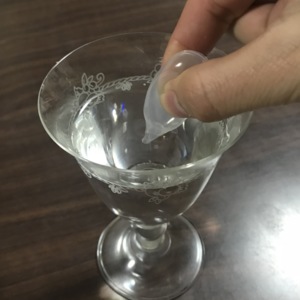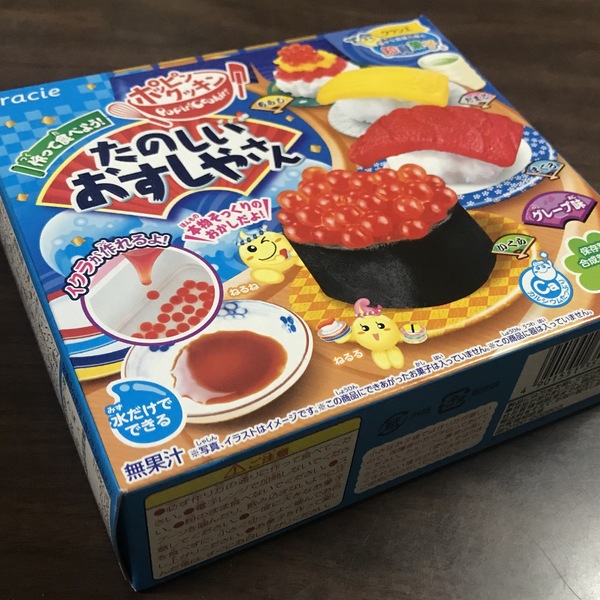Let's Make Japanese Sweets Series
Japan is a unique nation known for its sweets around the world.
Among the many confections, an unusual presence that captures the hearts of Japanese children is "educational sweets."
As I traveled through various countries, I had never encountered the concept of "educational sweets," making it a distinctly Japanese idea and a proud aspect of Japanese culture.
According to the website of Kracie, the company that started selling "educational sweets," many products have been released since "fun sweets made from flour and water" debuted in 1978. I would like to introduce these various products. The first noteworthy item is "fun sushi shop," an educational sweet inspired by sushi, which surely represents Japan.
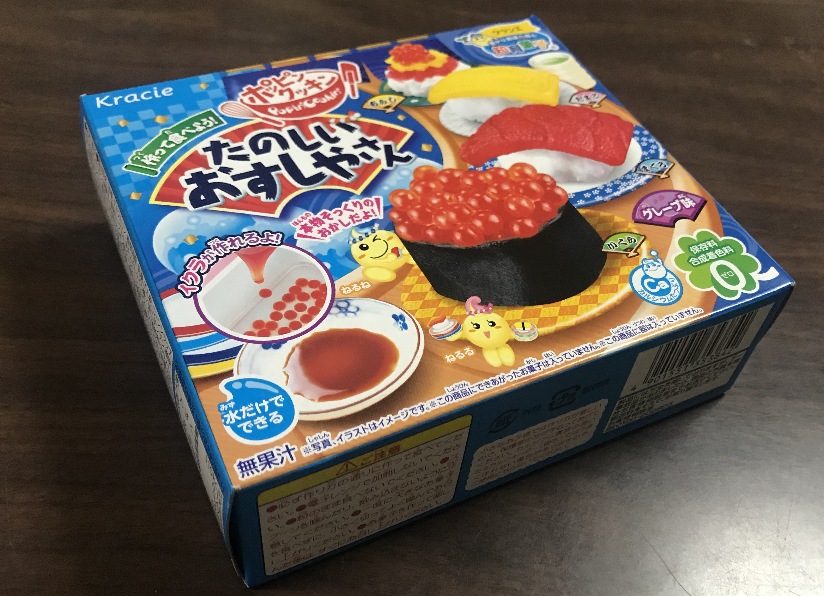
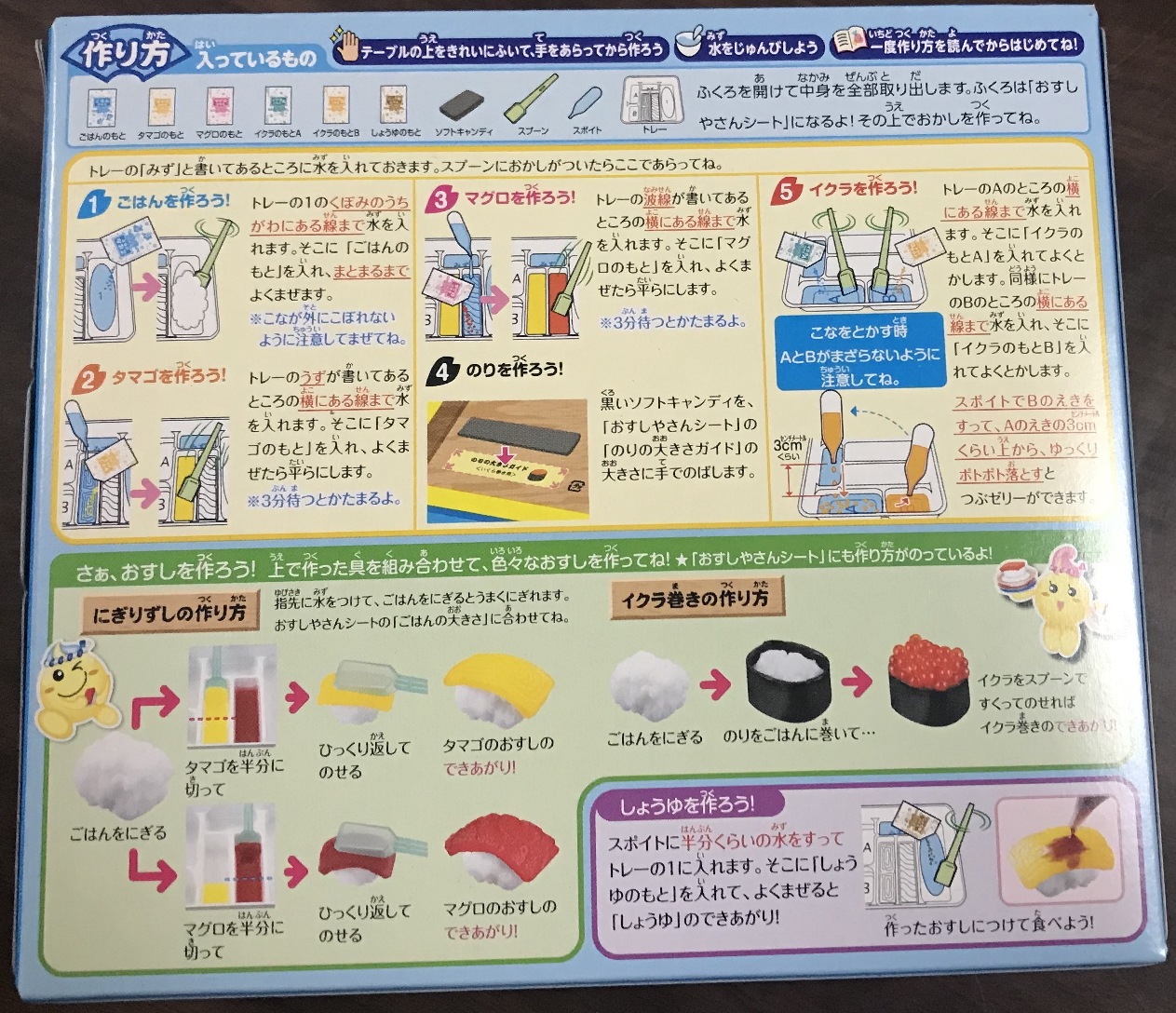
This product does not use any preservatives or synthetic coloring agents, yet the packaging is very colorful.
I'm curious how the actual product will appear in terms of colors.
There is an explanation on the back, accompanied by illustrations, making it easy for young children to understand.
Now, let's open the box and see what's inside.
Contents
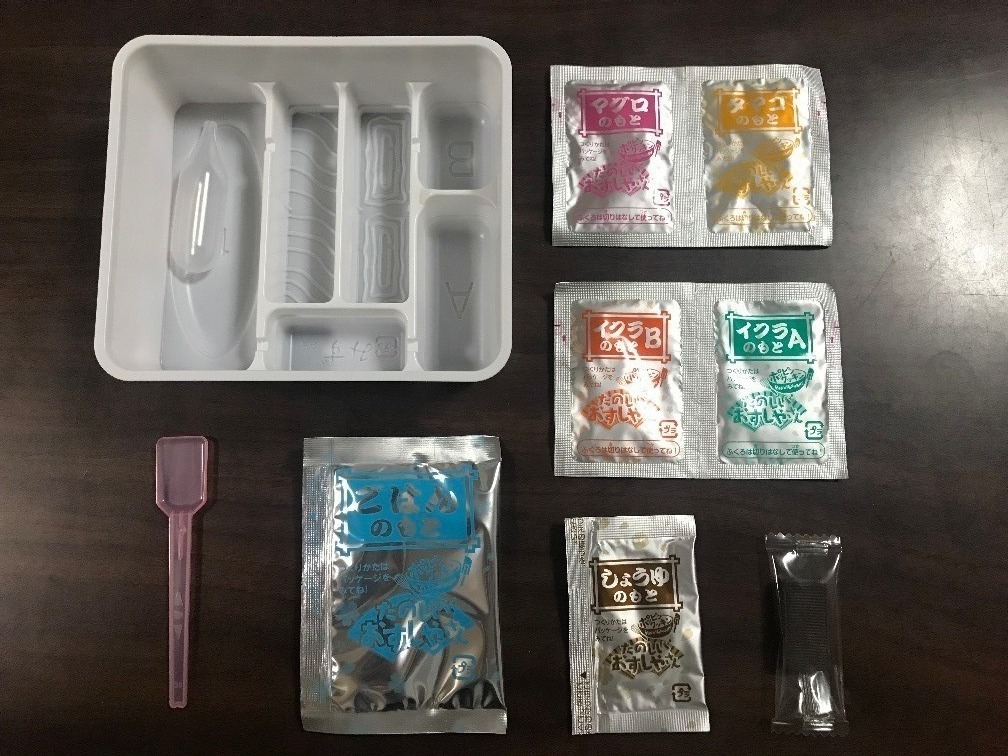
As shown above, all the ingredients are individually packaged in bags. The hygiene aspect is well taken care of.
To make "fun sushi shop," you only need drinking water. This is a unique Japanese idea.
This is because tap water does not serve as drinking water in many countries around the world.
In this regard, Japan has already established a reliable system for drinking tap water, making it a very favorable environment for the development of "educational sweets."
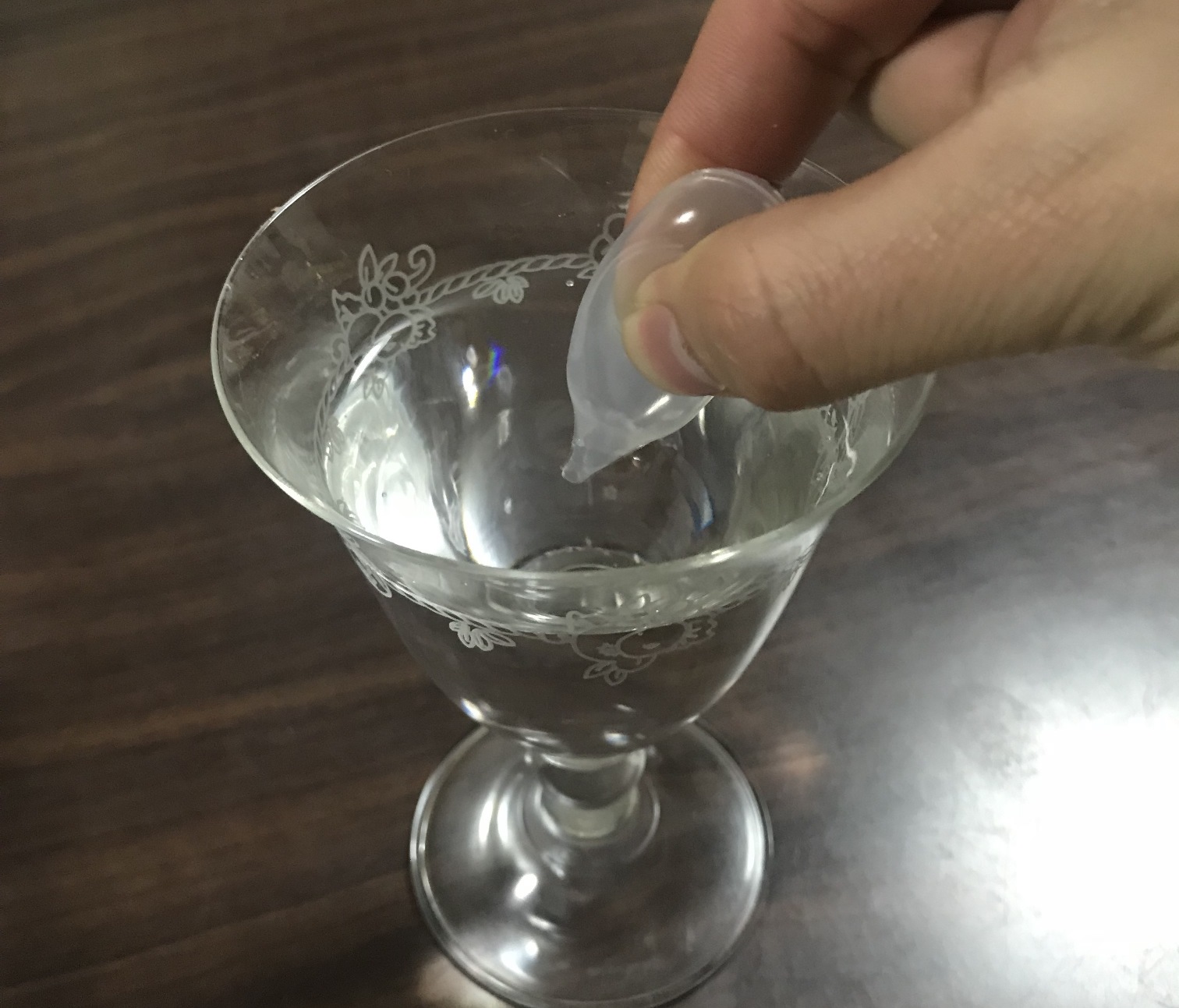
As shown in the above photo, use the attached dropper to effectively utilize the water.
Sushi Rice
First, I will make the sushi rice, an indispensable part of sushi. Fill the grooves of the tray with water using the dropper.
The dropper may look simple at first glance, but it surprisingly offers excellent usability, making it very comfortable to adjust how much water you drop.
One can easily speculate that the advanced resin molding technology developed by Kracie over many years has been applied here.
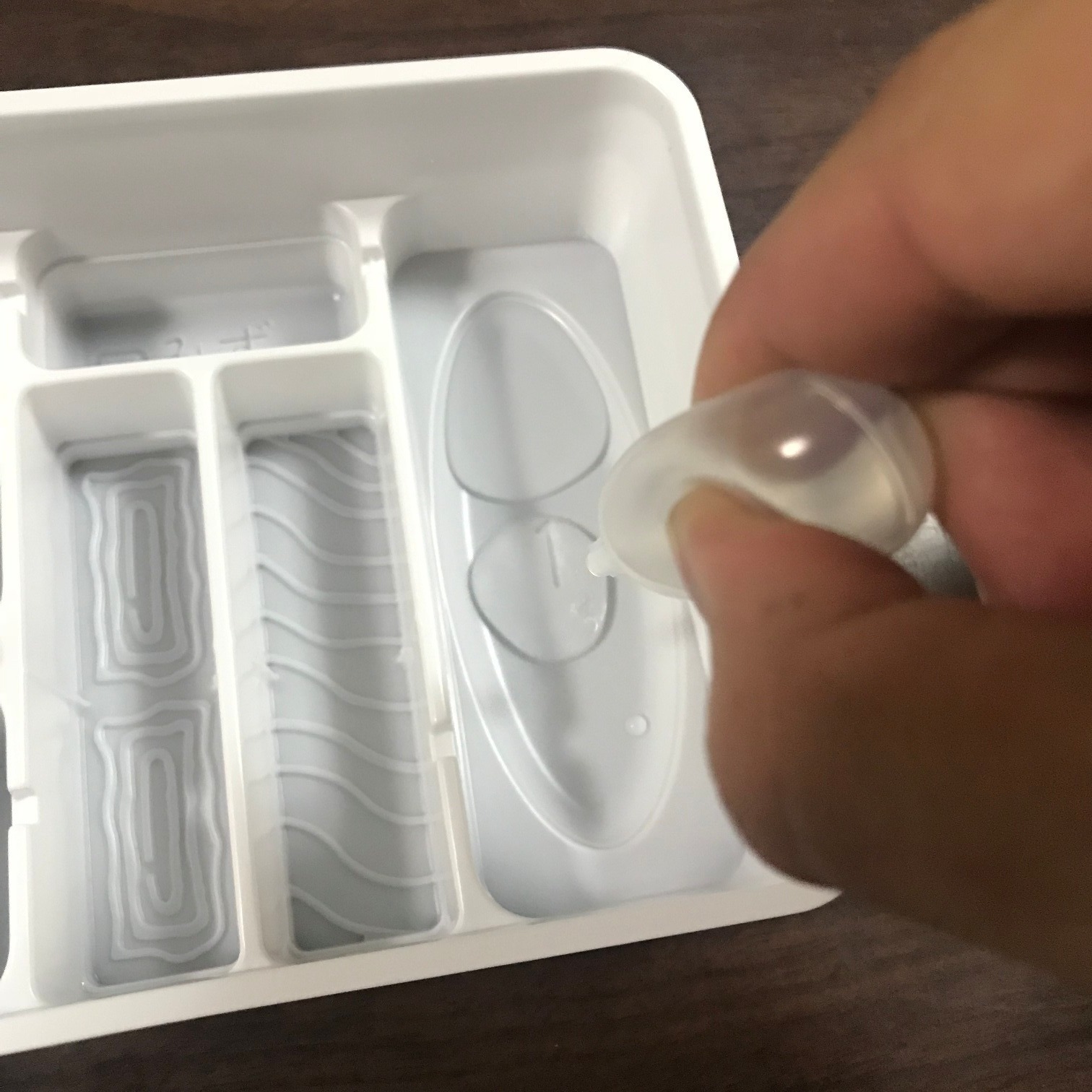
After filling the edges with water, add the "rice base."
Although the "rice base" looks just like ordinary white powder, I couldn’t shake off the doubt of whether it would really turn into something resembling rice.
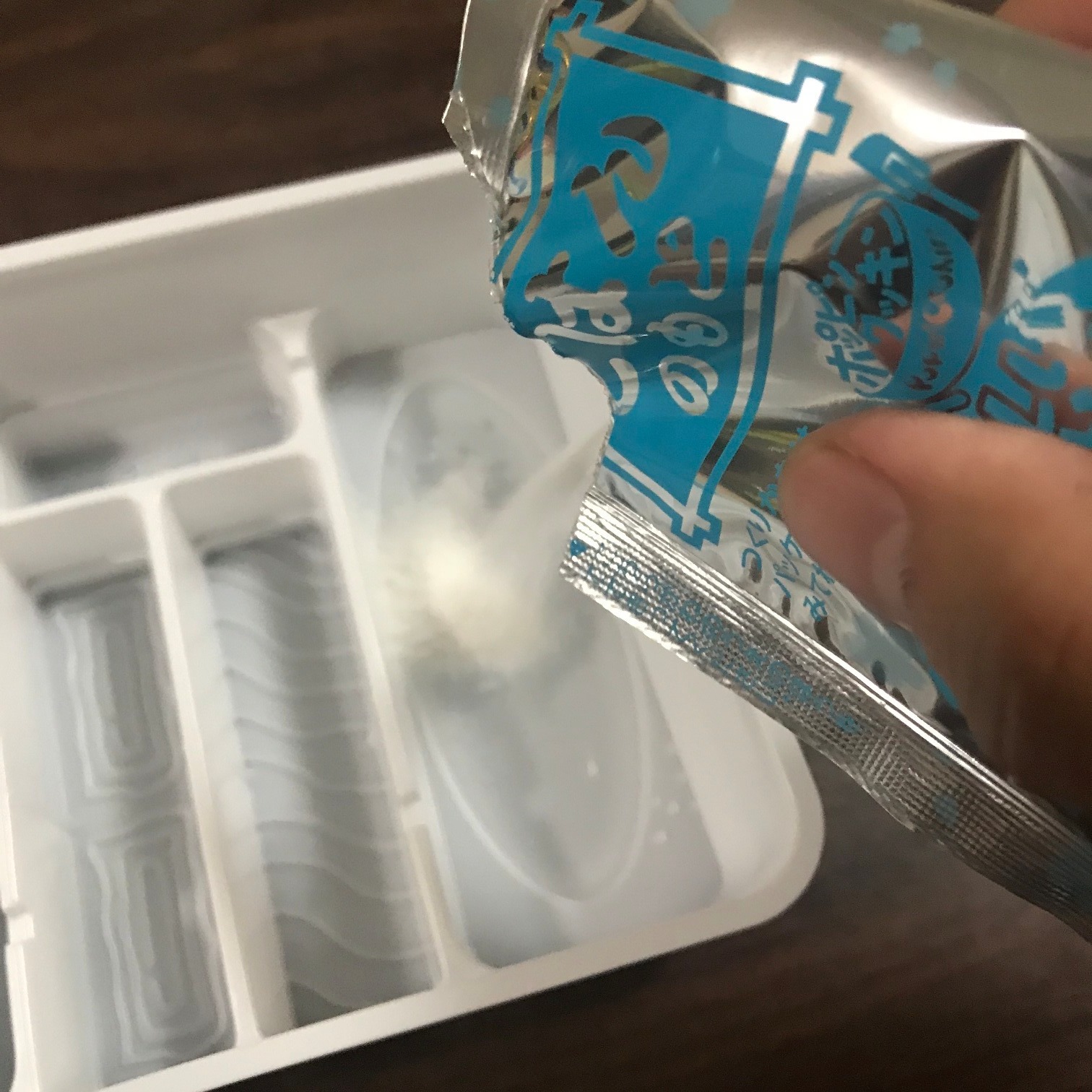
After mixing for a while, lumps started to form gradually.I began to hope that this would finally turn into something rice-like.
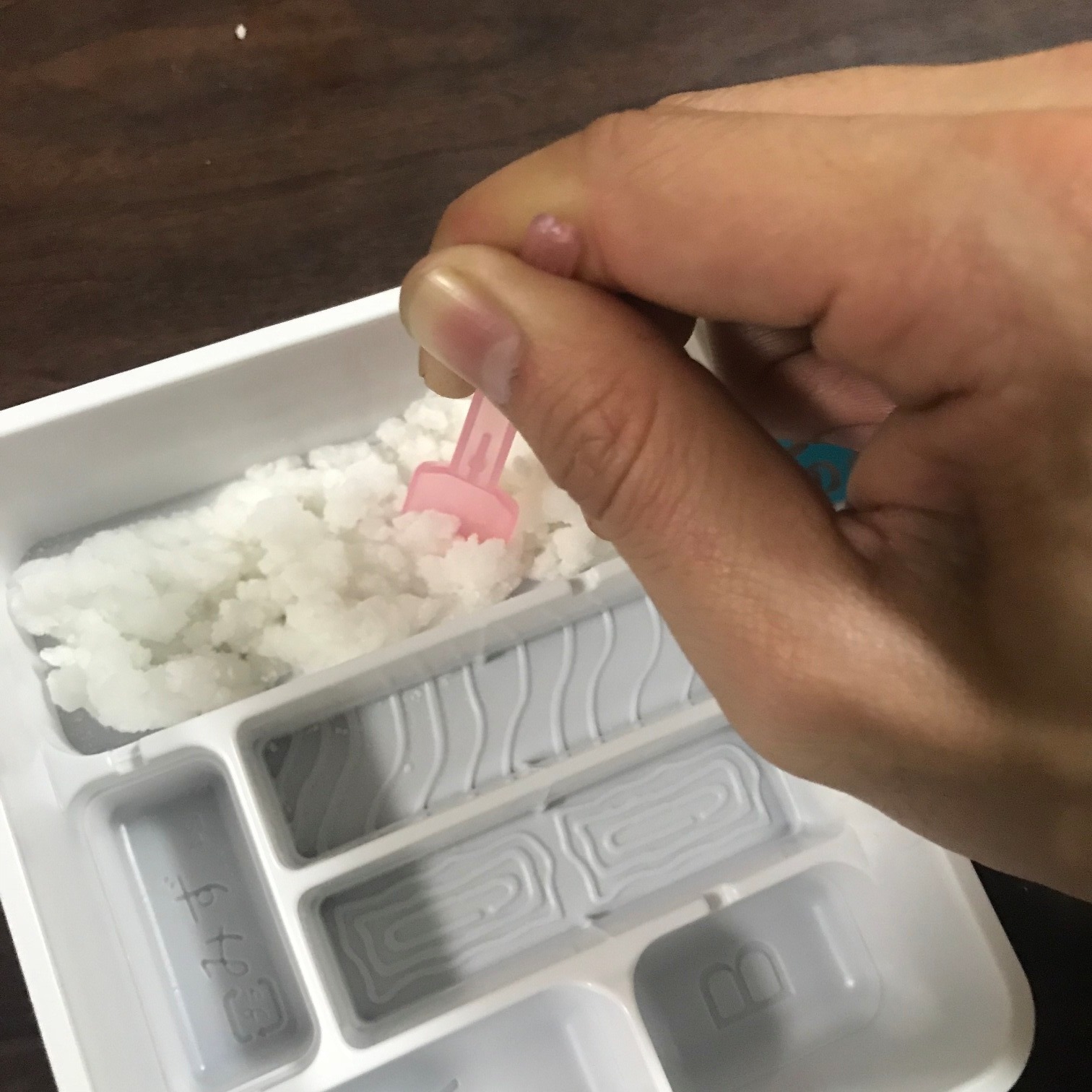
However, I soon noticed it gained elasticity and transformed into a softness similar to mochi.
Honestly, this exceeded my expectations in a good way.
While it may not look much different from grated daikon radish, the elasticity is firm. I am curious to see how it will look when combined with the toppings.
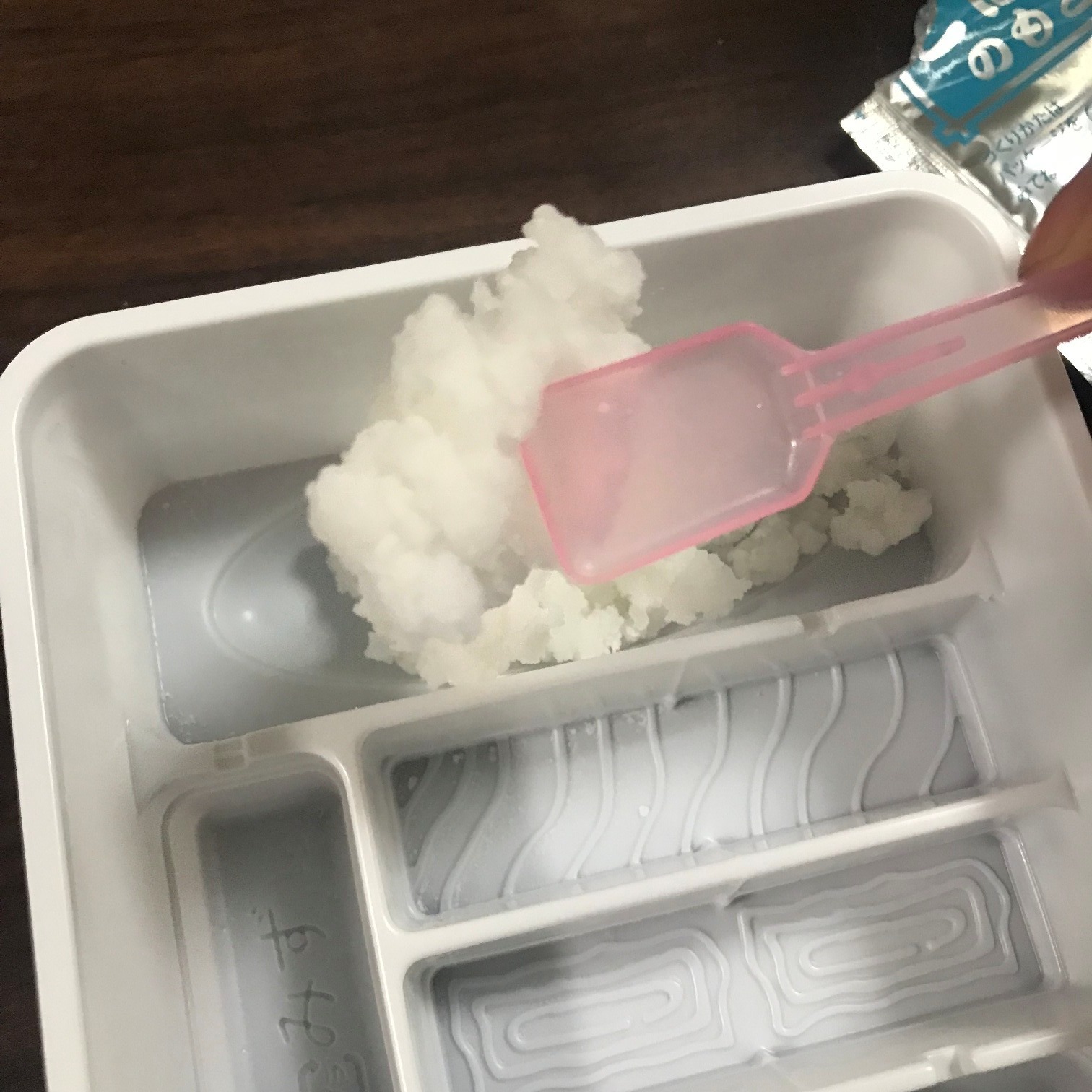
Egg and Tuna
Next, using the same process, I will create the tuna sashimi and the thick omelet, represented in the central two rows.
Unlike the sushi rice, these toppings have a certain transparency and begin to firm up like gelatin after a while.
They have a glossy, fresh appearance.
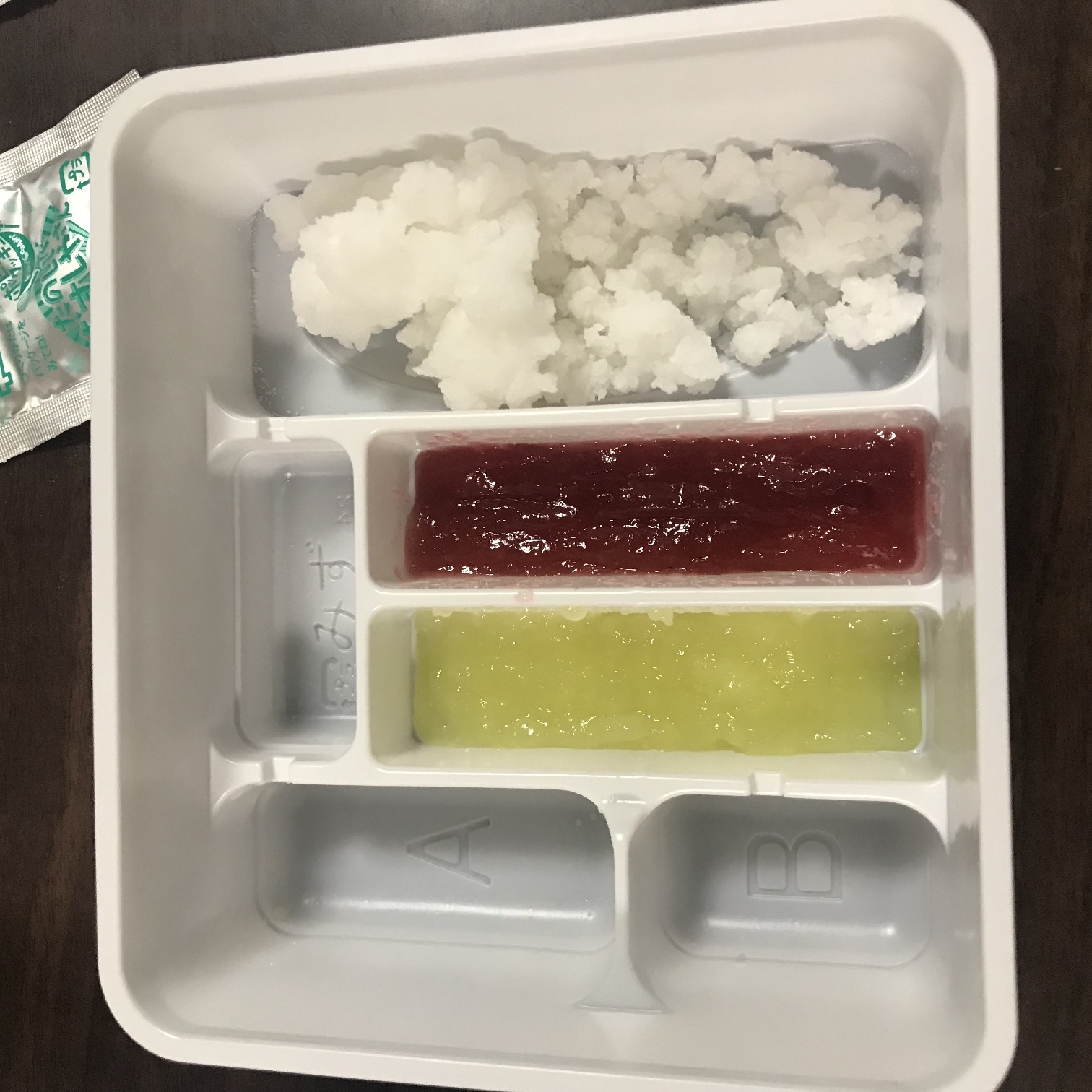
Ikura Gunkan Maki (Salmon Roe Ships)
Next, let’s create ikura gunkan maki.
First, I will make the nori (seaweed) component of the gunkan maki.
The following photo shows the black soft candy which will become the nori component.
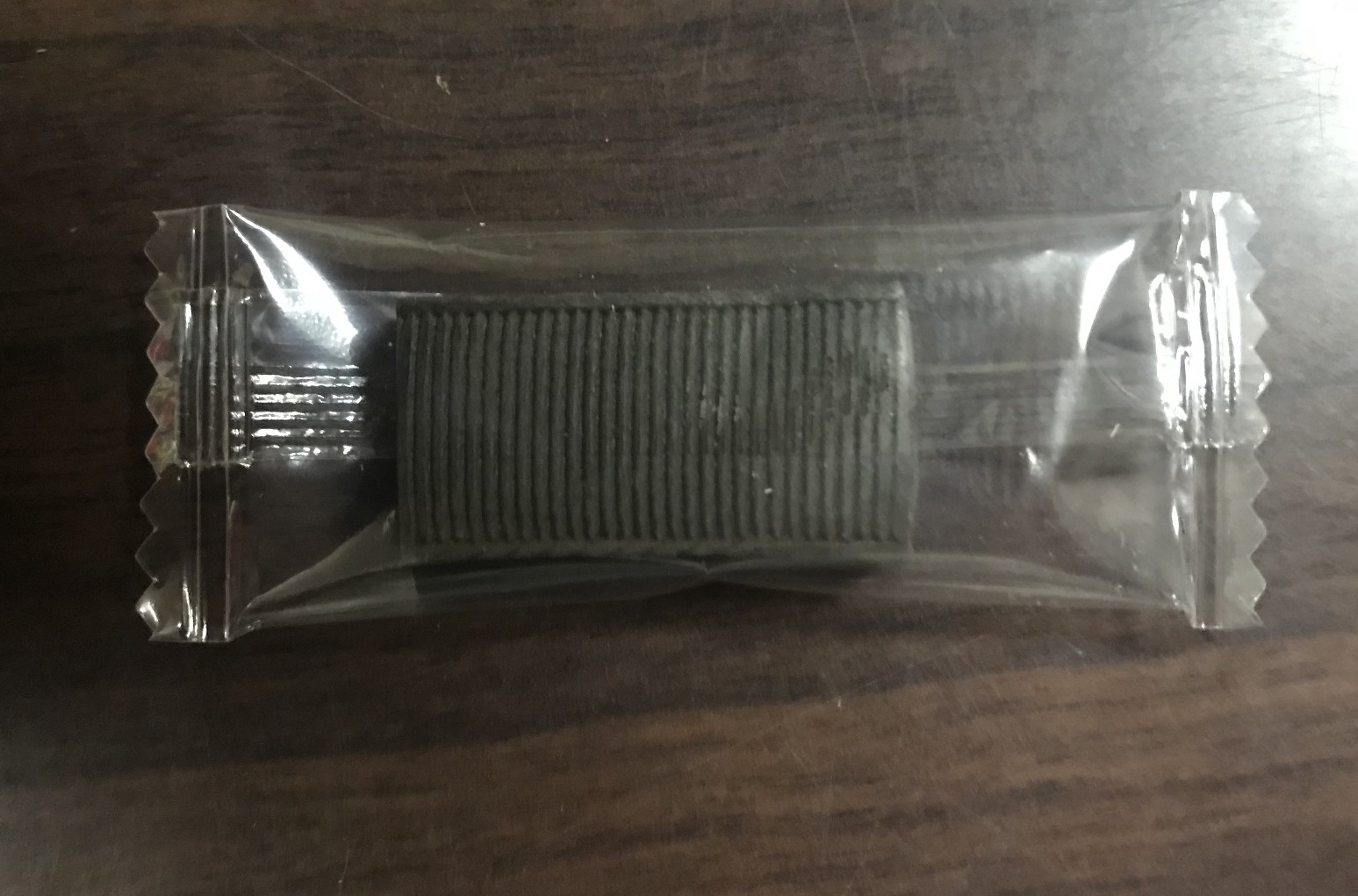
First, cut the size guide for the nori printed inside the bag using scissors.
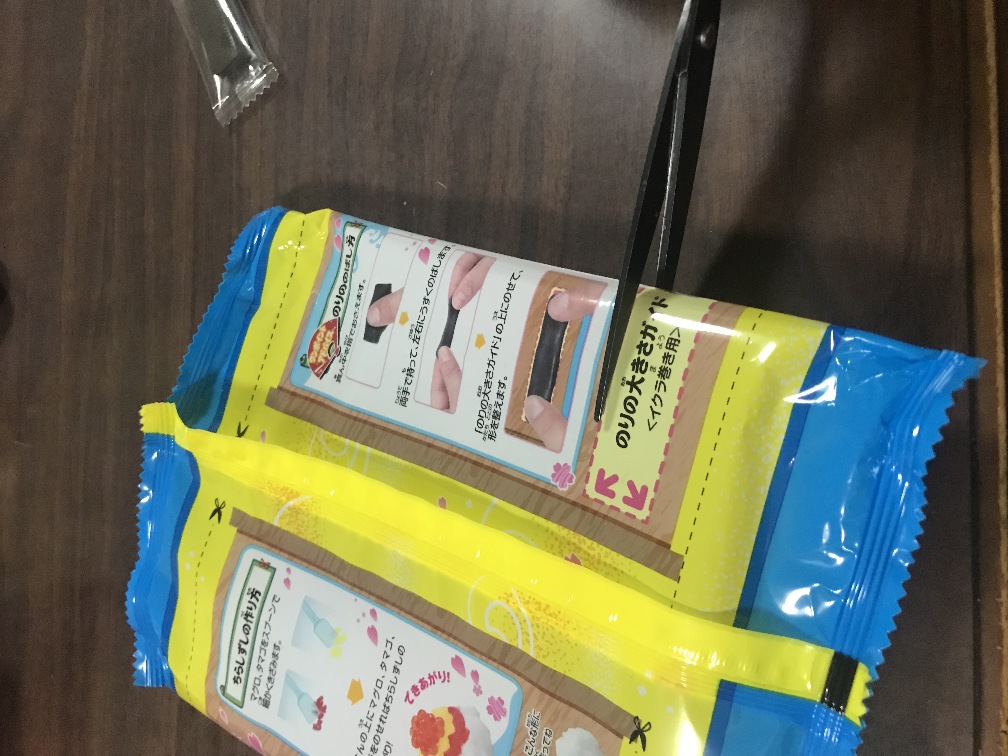
Then, on the plate, use the nori size guide to stretch the black soft candy with your fingers.
It has a soft texture with moderate strength, similar to viscosity. This will help form the outer layer of the ikura gunkan maki.
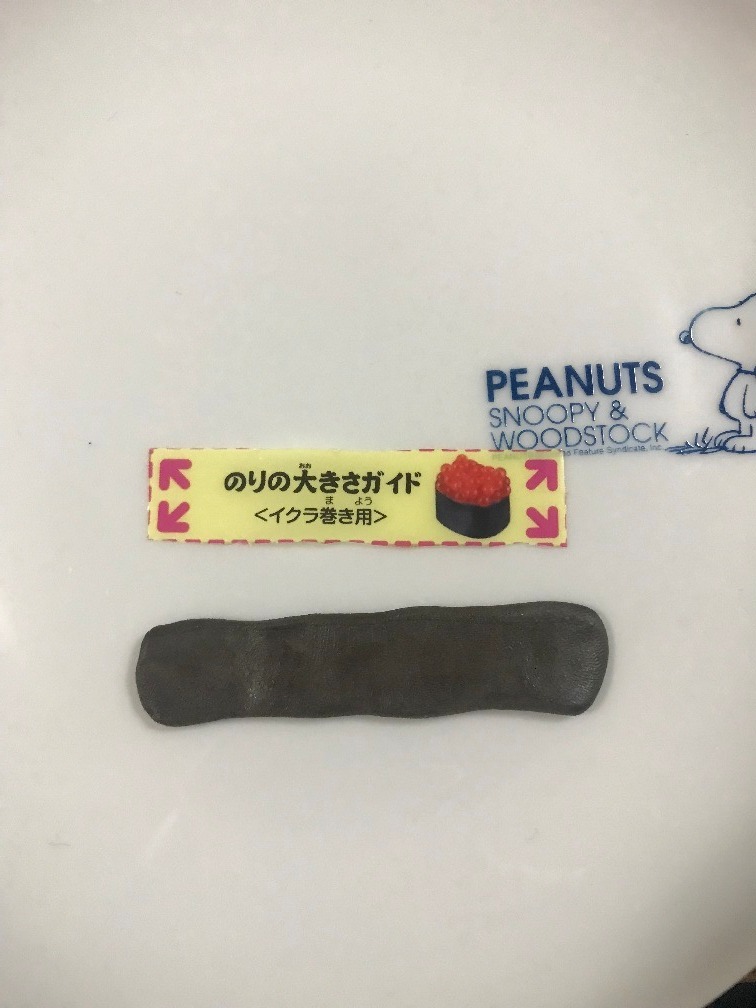
Next, let's start mass-producing the ikura for the gunkan maki.
The ikura base is divided into parts A and B, which will be dissolved by water in their respective trays.
Since they are divided into blue and red, it’s easy to compare.
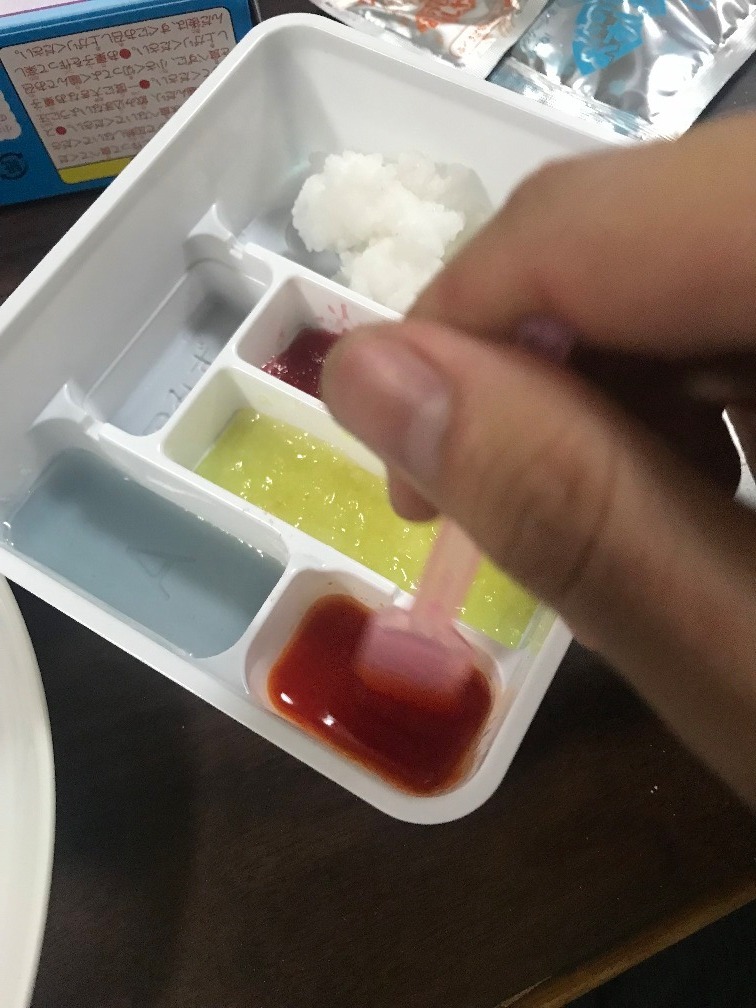
Next, using the previously used dropper, inhale the liquid B and drop it into liquid A. While they may be a bit smaller in size, the resulting solids bear a close resemblance to ikura. This task surprisingly becomes addictive.
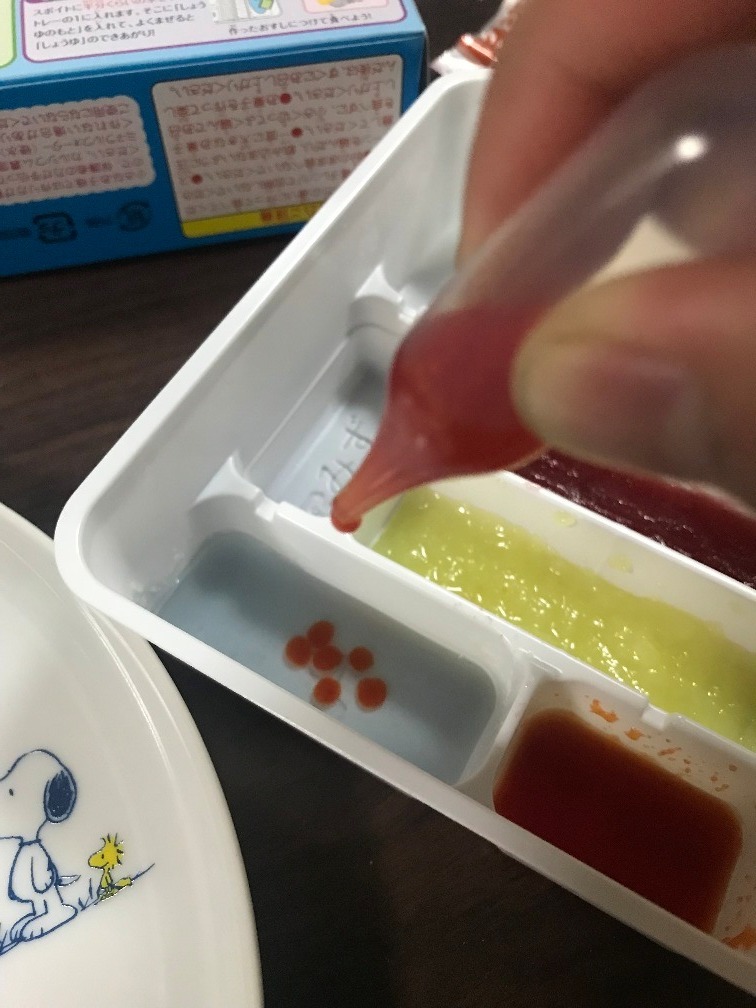
Until the liquid B is used up, I produced ikura in liquid A, as seen in the following photo.
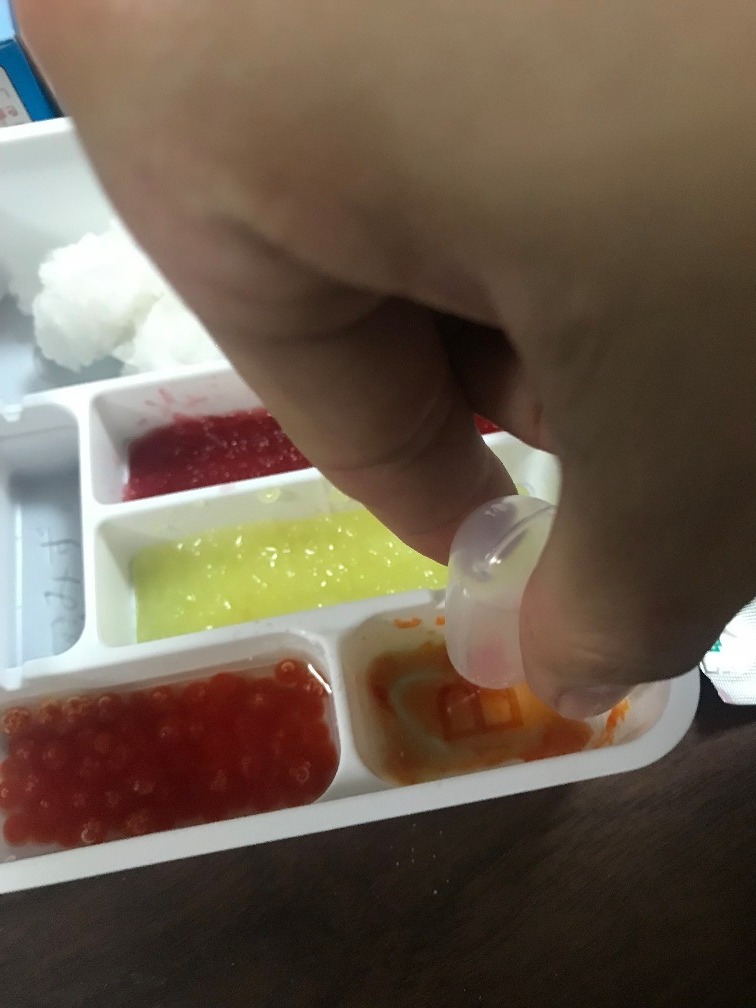
Now it’s time to finally assemble the sushi.
The sushi rice has a decent elasticity, making it somewhat challenging to shape after separating it.
Using the previous black soft candy, I wrap it around the sushi rice to prepare the base for the gunkan maki.
The yellow part represents the egg.
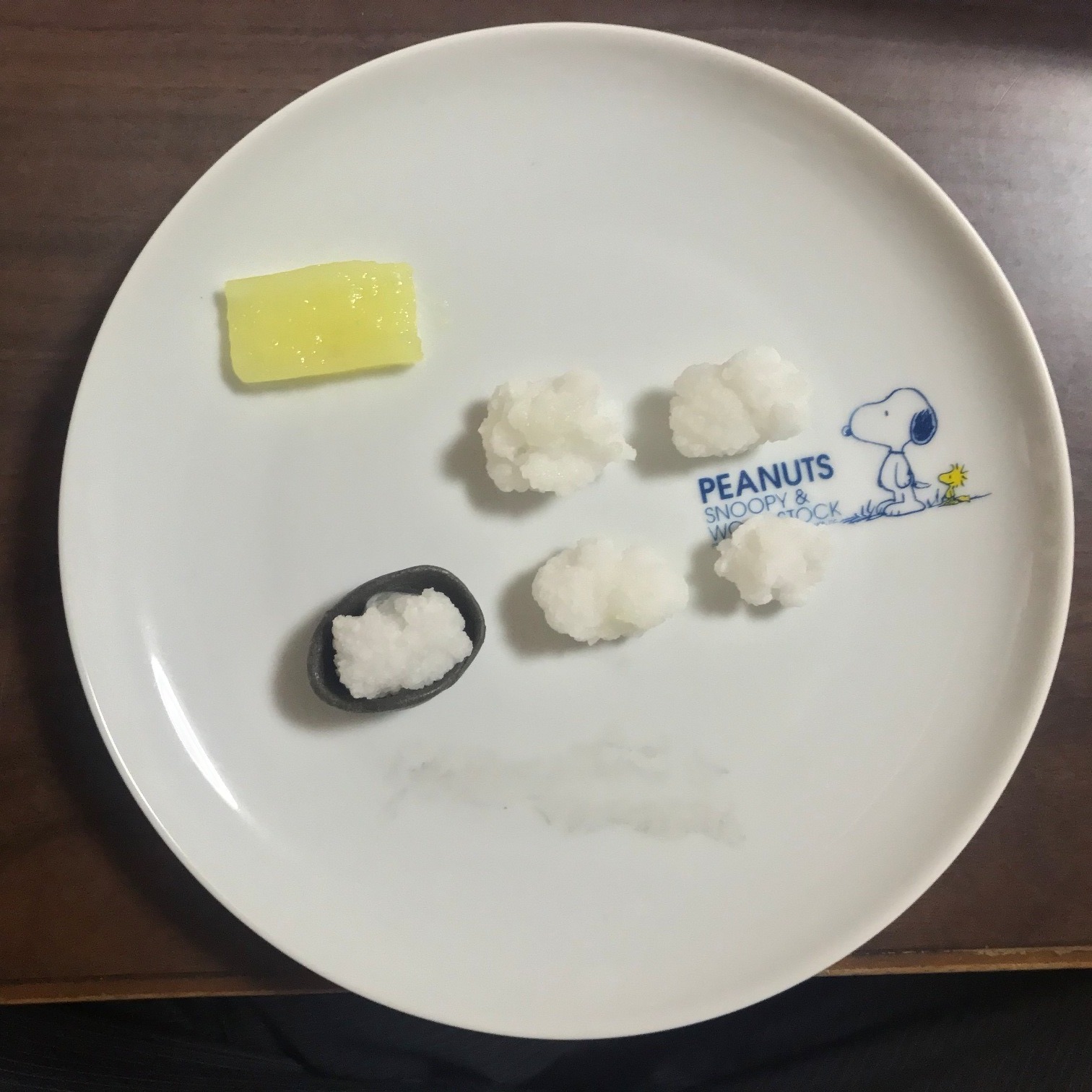
The tuna and the egg are cut in half and then placed on top of the sushi rice.
Because the sushi rice is elastic, it requires a little focus to place the toppings on.
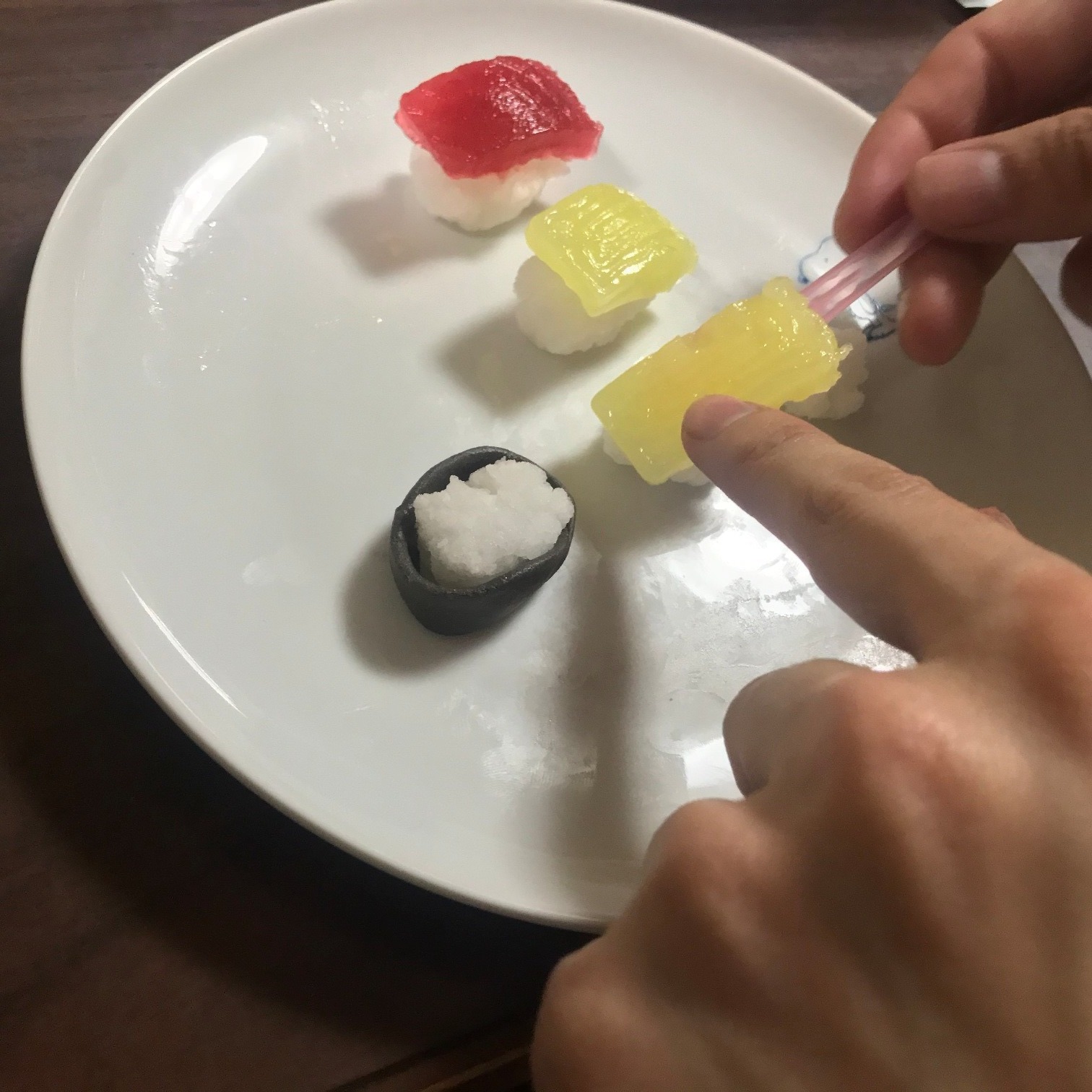
Next, I will scoop some ikura using a spoon.
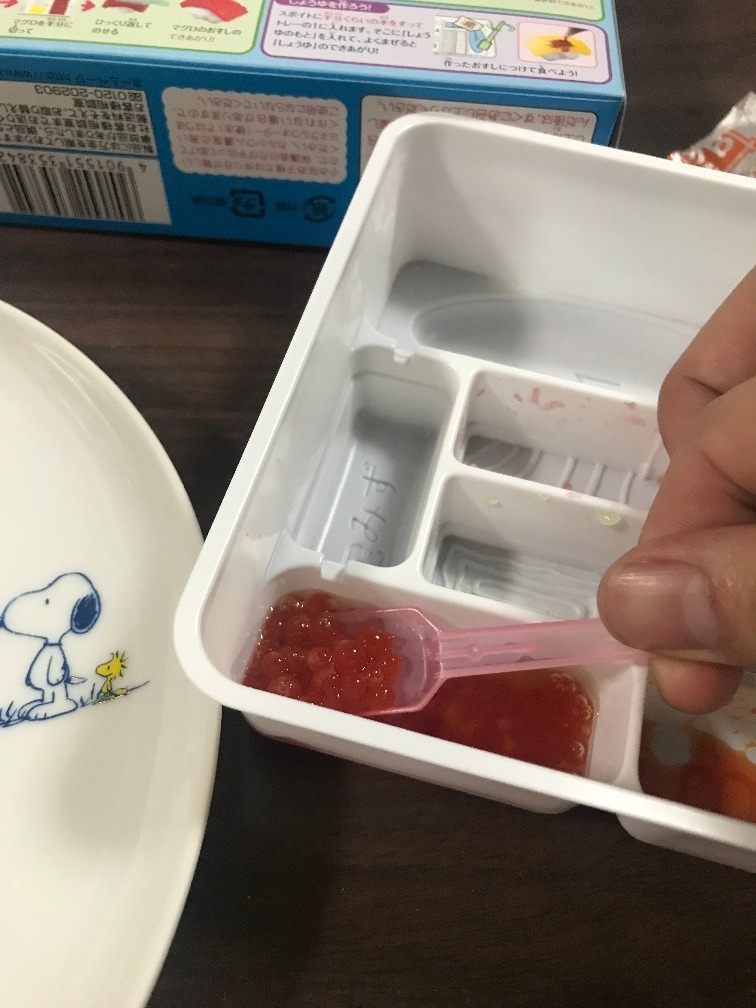
Getting close to the ikura now.

Ikura landed.
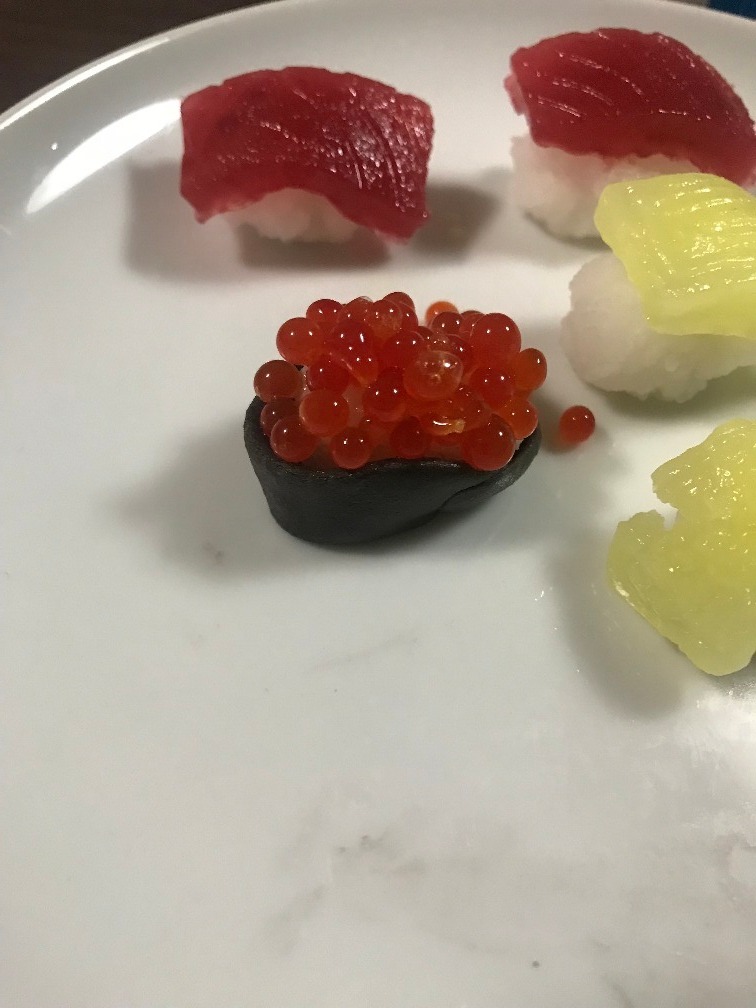
Completion.
As I made it, I found that the egg had some transparency and its texture is not quite close to the real thing. However, it is clear at a glance that it is egg sushi.
The tuna's red color wonderfully expresses the quality and shine, resembling a miniature version.
Additionally, the white plastic tray bottom has grooves, successfully recreating the tuna and egg toppings in a more realistic way.
Lastly, the ikura gunkan maki, which took the most effort to create, has reached a form that anyone who has ever seen real ikura gunkan maki would instantly recognize as such. The ikura, like red rubies, is a sea treasure beautifully represented by Kracie in such an accessible manner.
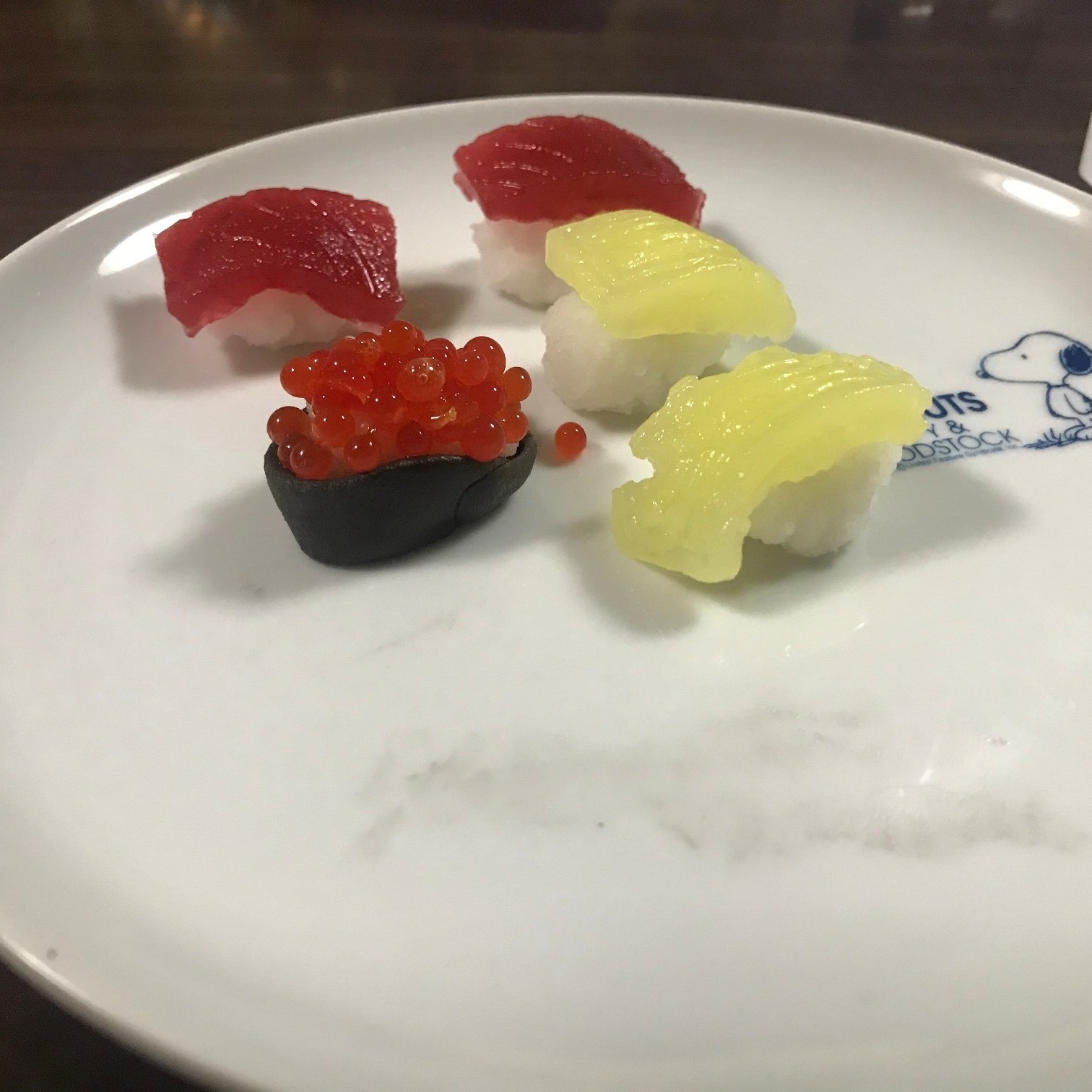 Tasting it. Despite looking and tasting like sushi, it is sweet, creating a curious sensation of confusion for the brain.
Tasting it. Despite looking and tasting like sushi, it is sweet, creating a curious sensation of confusion for the brain.
However, my brain quickly sends signals recognizing that this is not sushi, slowly introducing a texture that I have never experienced before.
The sushi rice retains the elasticity formed during preparation, is chewy, and very pleasant. The sweetness is on the less pronounced side, and the rice is so delicious that I could eat it on its own until full.
Next, the tuna and egg toppings have a somewhat jelly-like texture with a freshness similar to gelatin, creating a very good combination with the chewy rice.
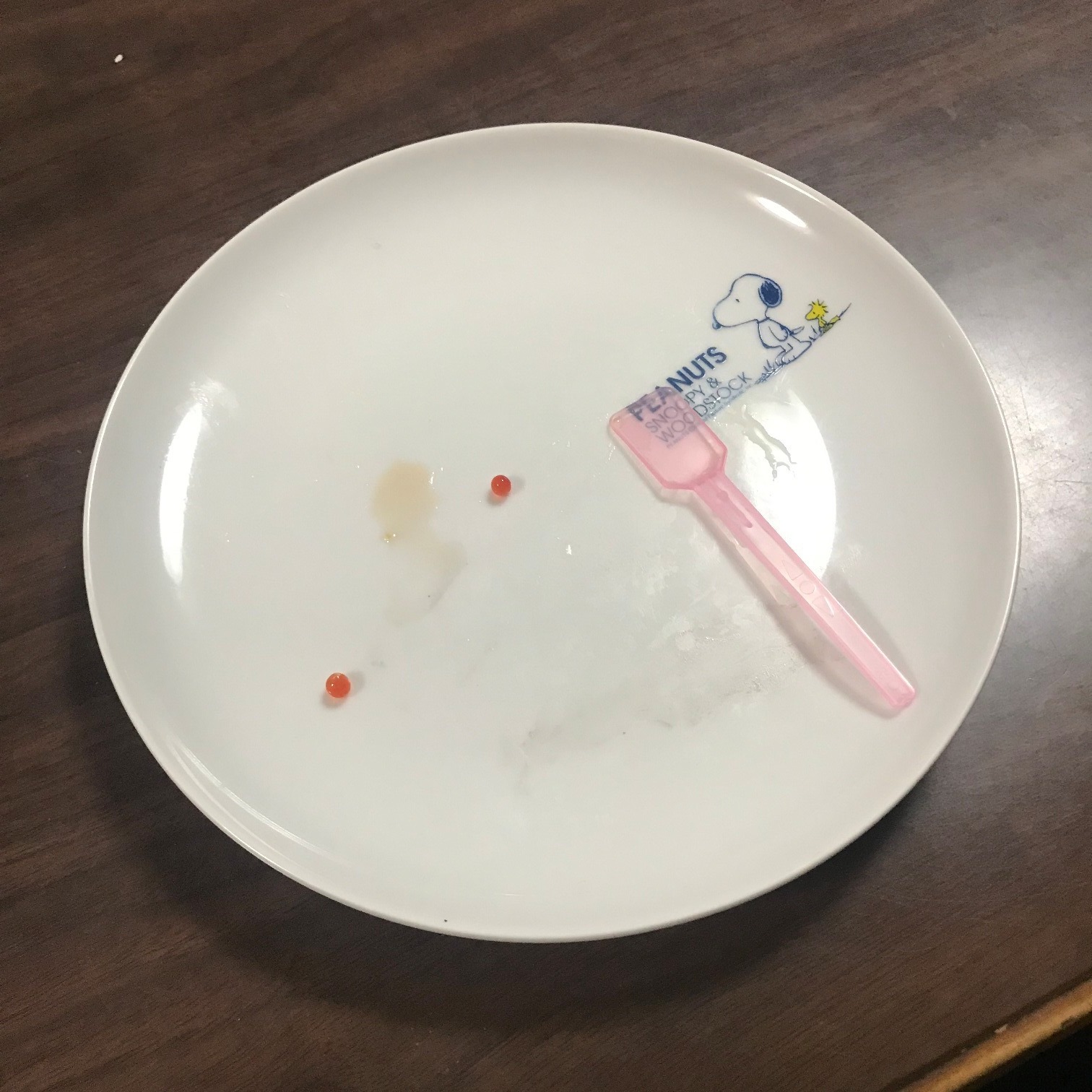
All finished. Thank you very much.
Thank you, Japan. Thank you, Kracie.
I was able to carry out the process reminiscing a bit about my childhood, having lots of fun.
And most importantly, I enjoyed the delicious taste.
Next time, I’d like to buy a large quantity and mass-produce a lot of sushi with this!!
Product Information
|
Fun Sushi Shop |
|---|
| Nutritional Information |
|
Per serving (28.5g) [ Calories 110kcal / Protein 0.1g / Fat 0.4g / Carbohydrates 27g / Sodium equivalent 0.08g / Calcium 191mg ] |
| Allergenic Ingredients |
| Allergic ingredients (mandatory disclosure and recommended items) Milk, squid, gelatin *This product is manufactured in equipment that also uses wheat and eggs. |

